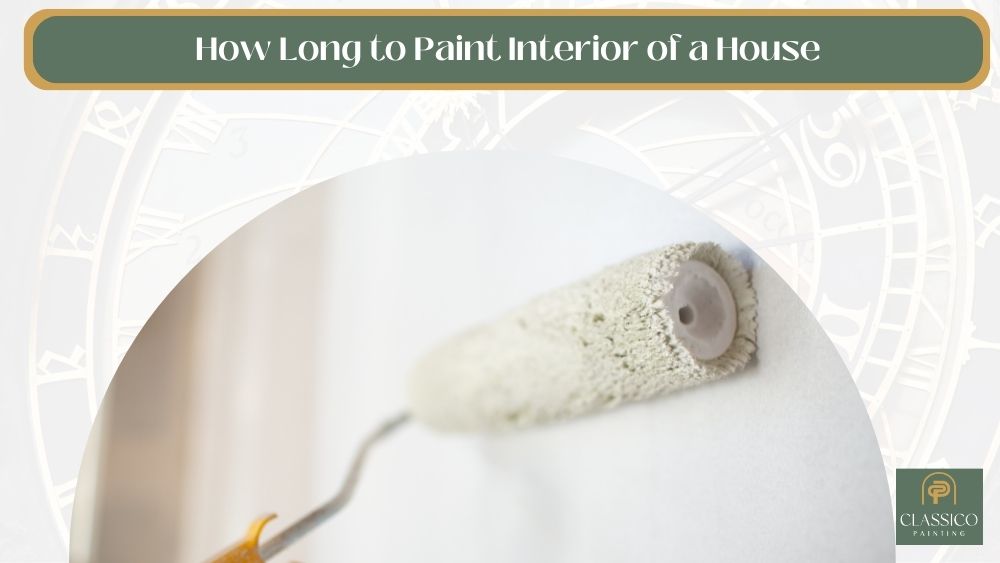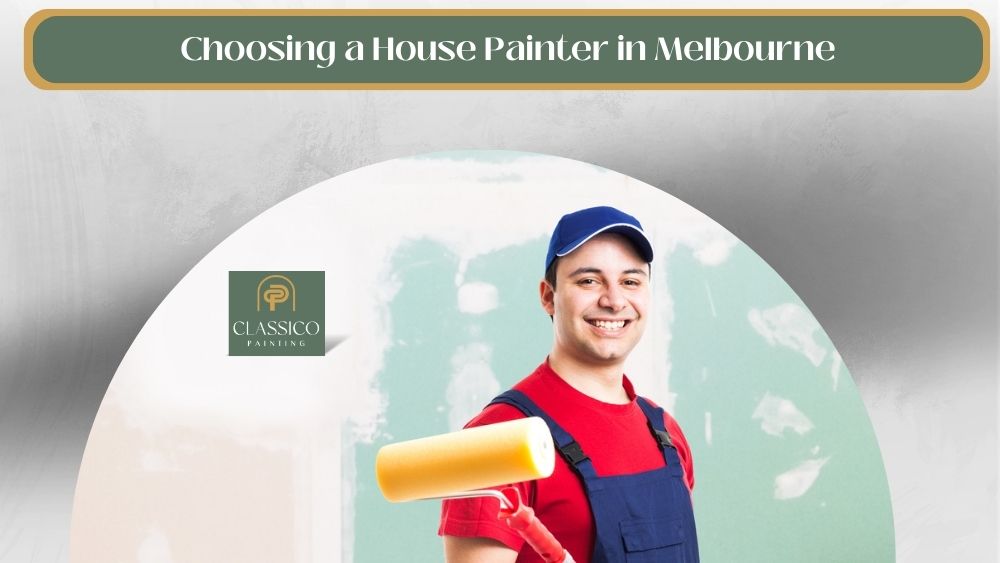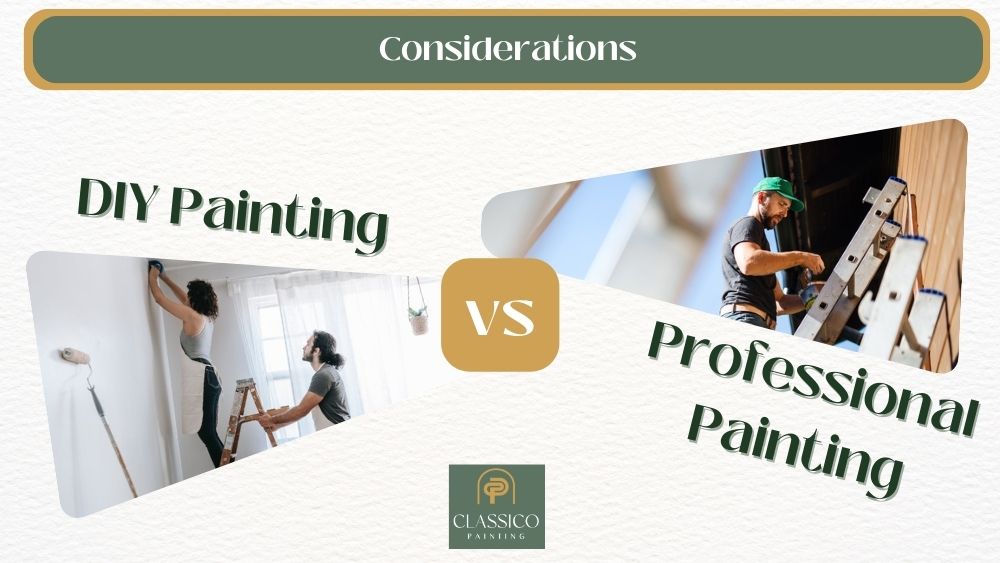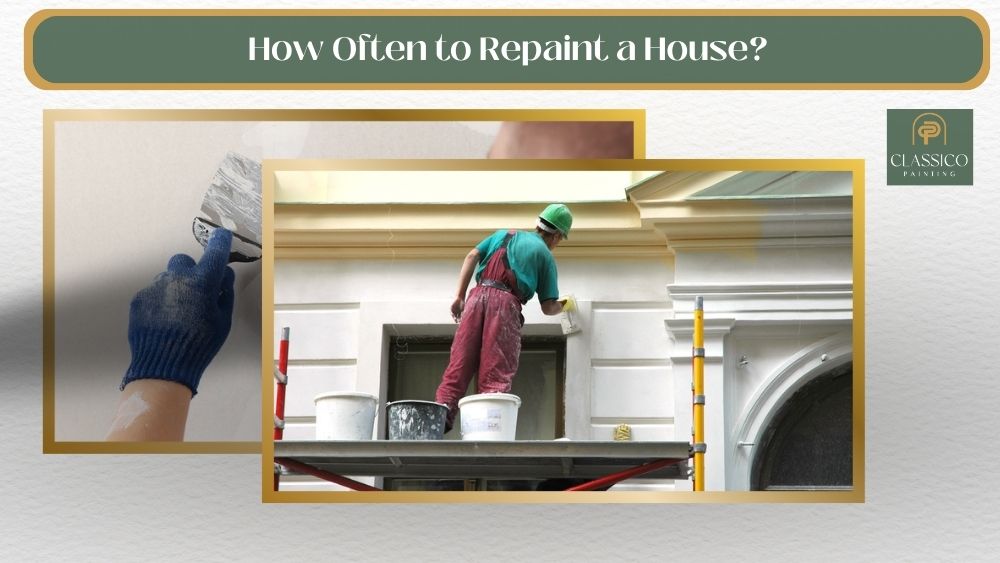You’re ready to give your home a fresh look, but what’s the right paint for the job?
That’s what we’ll answer in this article, so read on.
Whether it’s chic matte for your living room or weather-resistant finish for the exterior, understanding paints can be tricky.
There are three types of paint formula which are water-based, oil-based, and acrylic paint.
Based on the type of finish, there are five categories of paint, which are matte, eggshell, satin, high gloss, and semi-gloss finish.
You’ll learn in-depth about the world of different paint types and finishes to know what’s best for decorating your space.
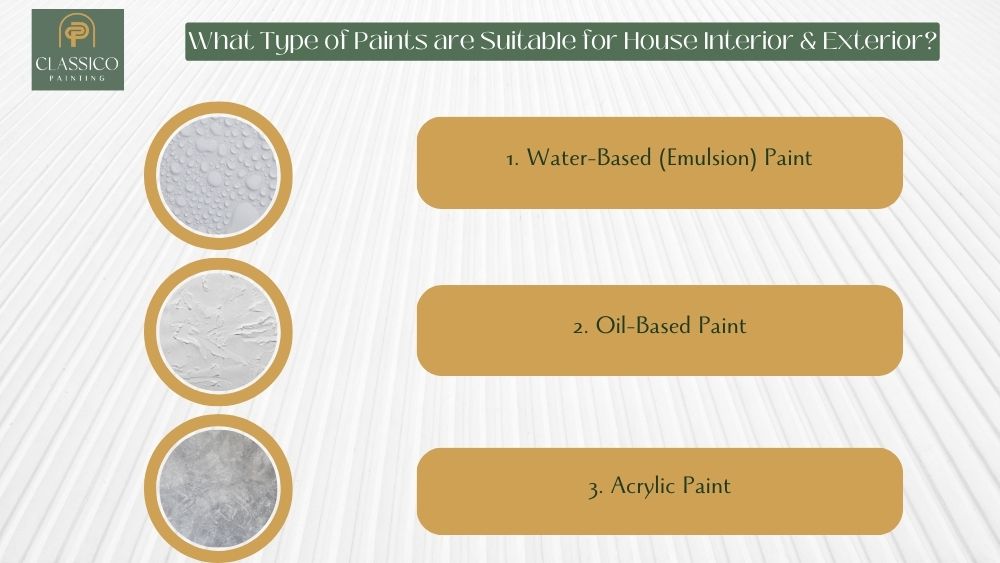
Different Types of Paint Formula for House
You’re about to start on a painting project and faced with various paint options – water-based, oil-based, or acrylic.
Each type has unique characteristics that can impact the finish and durability of your work.
We’ll go through these paints in detail. After reading this article, you will be able to select the right paint for an interior or exterior project, factoring drying time, sheen, longevity, and ease of application.
1. Water-Based (Emulsion) Paint
It’s worth noting that emulsion paint, a type of water-based paint, is popular for interior and exterior house painting due to its easy application and durable finish.
It is recommended for your interior walls because of its quick drying time and less odour. Emulsion paints resist yellowing and are easy to clean with soap and water.
Similarly, they’re an excellent choice for exterior walls due to their resistance against varying weather conditions. The elasticity in emulsion paints stops them from cracking or peeling under temperature changes or moisture. They’re also resistant to UV light, making them less likely to fade over time.
2. Oil-Based Paint
On the other hand, oil-based paint has advantages that anyone should pay attention to. When it comes to house paint, particularly for interior aspects, oil-based options are often more resilient than water-based ones.
They’re renowned for their smooth and glossy finish, adding elegance to your interiors. Moreover, they’re less susceptible to damage from scuffs or scratches.
You might find that oil-based paints are trickier to work with due to their longer drying times, but keep this from putting you off. The application can be seamless with the proper techniques and equipment – like high-quality brushes and rollers.
3. Acrylic Paint
Switching gears to acrylics is a versatile option often favoured for their quick drying time and ease of use. You’ll find the properties of acrylic paint unique compared to other house paints.
It’s water-soluble but becomes water-resistant when it dries. This paint type is also less likely to crack or yellow over time, ensuring your walls retain their vibrant appearance for longer.
Its flexibility makes it ideal for various surfaces, from concrete to metal. Additionally, clean-up is a breeze; you only need soap and water! Remember, though, while acrylics are fantastic for most applications, they might not be ideal for high-moisture areas like bathrooms or kitchens due to their porous nature.
Next in our exploration of paints: ‘types of paint based on finish’.
Types of Paint Based on Finish
Several types of paint finishes are available, each with unique characteristics and uses. Here are the 5 types of paint finishes:
- Matte Finish: Also known as flat finish, matte paint has a non-reflective surface. It is ideal for hiding imperfections on walls and ceilings. However, it is more prone to stains and may require regular touch-ups.
- Eggshell Finish: Eggshell paint has a soft, velvety texture and a slight sheen. It offers more durability and is easier to clean than matte paint. It is commonly used for living rooms, bedrooms, and hallways.
- Satin Finish: Satin paint has a smooth, shiny surface. It is commonly used for windows, doors, or ceilings.
- High Gloss Finish: The paint is durable and has the most reflective surface. It is used predominantly in high-traffic areas like lounges, family rooms, or hallways.
- Semi-Gloss Finish: This type of paint has a slightly glossy look but is less reflective than the high gloss one. This paint is suitable in higher humidity areas such as bathrooms, kitchens, and laundry.
Selecting Paint Colours for House Interior
When it comes to internal house painting, you may ask yourself, “How to choose interior paint colours?”
Choosing the right paint colours for your rooms can significantly impact your home’s ambience and overall aesthetic. It is a vital step to pay attention to.
Before finalising your wall paint choices, you’ll want to consider factors like lighting, room size, and decor style. For smaller spaces, lighter hues can create an illusion of spaciousness. Feel free to experiment with bold or dark colours in larger rooms or as accent walls, though!
Remember to test samples first; paints often look different once dry. Using quality brushes and rollers ensures a smooth application.
Painting Your House Interior
After deciding on the perfect colour palette, it’s time to start thinking on how to paint house interior.
You’d want a paint that sticks well and resists wear over time. Look for high-quality acrylic emulsion paints; they are durable, easy to clean, and have fewer volatile organic compounds (VOCs), making them ideal for indoor use.
Make sure to take advantage of the tools! High-quality brushes and rollers give a smoother finish than their cheaper counterparts.
Also, consider using a primer if you’re drastically changing wall colours or painting over dark hues.
Selecting Paint Colours for House Exterior
Choosing the right colours for your home’s exterior can be quite a task, especially when figuring out how to choose exterior paint colours that complements your property. It’s essential as it significantly influences your property’s curb appeal.
You’ve got to consider how exterior paint colours that will interact with various elements of your house exterior, such as roofing, landscaping, and hardscaping.
Explore colour charts from different paint manufacturers before you make a choice. Remember that lighter hues can make your home seem more prominent, while darker ones do the opposite but offer more drama and depth.
Regarding weather resistance and durability, opt for acrylic latex-based paints. They’re easy to work with and clean up nicely, too.
Lastly, invest in quality painting tools for a smooth application process that’ll enhance the final look of your chosen paint colours.
Painting Your House Exterior
Painting thPainting the exterior of your house is a great way to freshen up its appearance and protect it from the external elements. If you’re wondering how to paint house exterior effectively, whether you want to change the colour or give it a new coat of paint, here are some tips to help you achieve a professional finish.
Preparation is essential when it comes painting your house exterior.
Start by thoroughly cleaning the surface to remove dirt, grime, or loose paint. You can use a pressure washer, a scrub brush, and mild detergent to clean the walls.
Be sure to allow enough time for the surface to dry before proceeding.
Next, inspect the exterior for any signs of damage, such as cracks, holes, or rot. These should be repaired before you start the actual painting process. Preparing the exterior surfaces thoroughly for a smooth and long-lasting finish is crucial. This may involve scraping off any old paint, filling in cracks or holes, and sanding down rough patches.
When choosing the type of paint, consider acrylic latex for its durability and ease of application. This type resists fading and mould, crucial factors when painting your house exterior. High-quality brushes, rollers, or sprayers can help ensure even coverage.
Remember to apply a primer before the main coat for better paint adhesion on the surface. Finally, be mindful of weather conditions; avoid painting in extreme temperatures as it can affect drying time and final appearance.


